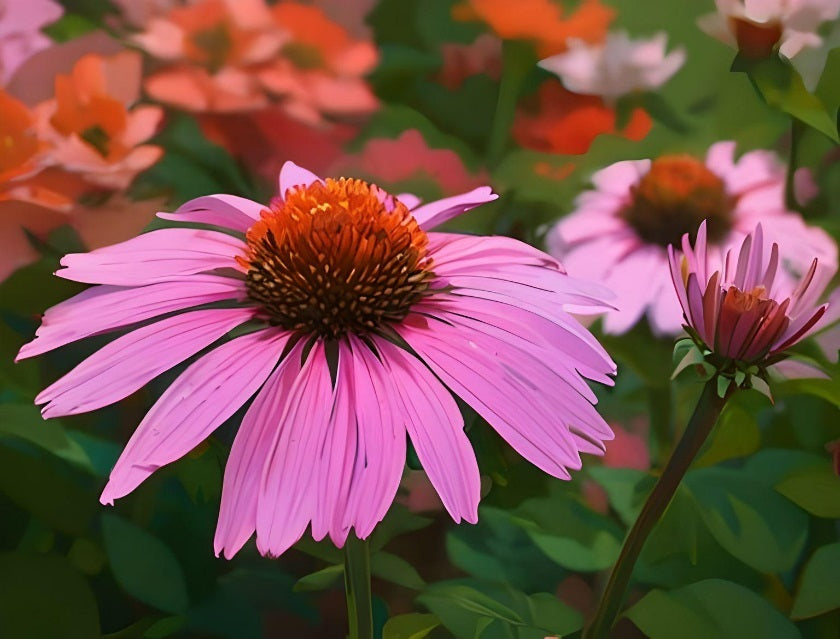The Bamboo Seed
Echinacea Coneflower Seeds
Echinacea Coneflower Seeds
Couldn't load pickup availability
Purple Coneflower Seeds for Sale
- Qty 100 Echinacea seeds
- USDA zones 4-9
- Perennial flower seeds
- Echinacea purpurea seeds
- Cold hardy plant seeds
Grow Coneflower from Echinacea Seeds
Coneflowers, also known as Echinacea, are a popular perennial plant species native to North America. They are characterized by their showy, daisy-like flowers with prominent, cone-shaped centers. Coneflowers typically bloom from mid-summer to early fall, and their flowers come in a wide range of colors, including white, pink, purple, and yellow. The flowers are attractive to pollinators like bees and butterflies and are often used in mixed borders, mass plantings, or as a focal point in the garden. Coneflowers are easy to grow from seeds or divisions and prefer full sun to partial shade and well-draining soil. They are drought-tolerant once established and require minimal maintenance, making them a popular choice among gardeners for their colorful blooms and ease of care.
Coneflowers are also valued for their medicinal properties and has been used for centuries by indigenous peoples for their immune-boosting and anti-inflammatory properties. Echinacea extracts are commonly used in herbal remedies and supplements to treat colds, flu, and other respiratory infections. Coneflowers are also known for their long-lasting cut flowers, making them a valuable addition to floral arrangements. Overall, the traits and characteristics of coneflowers, including their vibrant colors, attractive flowers, and medicinal properties, make them a versatile and valuable addition to the garden and landscape.
Growing Echinacea purpurea from Seeds
Echinacea purpurea, commonly known as purple coneflower, is a popular and easy-to-grow perennial plant species native to North America. It is characterized by its showy, daisy-like flowers with prominent, cone-shaped centers. Purple coneflowers typically bloom from mid-summer to early fall and come in a range of colors, including pink, purple, and white. They are attractive to pollinators like bees and butterflies and are often used in mixed borders, mass plantings, or as a focal point in the garden. Purple coneflowers are easy to grow from seeds or divisions and prefer full sun to partial shade and well-draining soil. They are drought-tolerant once established and require minimal maintenance, making them a popular choice among gardeners for their colorful blooms and ease of care.
To grow purple coneflowers from seeds, sow the seeds directly into the garden soil in the spring or start them indoors in seed trays. If starting indoors, sow the seeds in a well-draining potting mix and keep them moist until they germinate, which usually takes about 10 to 20 days. Once the seedlings have developed a few sets of true leaves, transplant them outdoors to their permanent location, spacing them about 18 to 24 inches apart. Water the seedlings regularly until they are established, then water them only during dry spells. Purple coneflowers can also be propagated by division, which is best done in the spring or fall. Overall, the ease of growing Echinacea purpurea flowers makes them a versatile and valuable addition to the garden and landscape.
Why Buy Purple Coneflower Plant Seeds
Planting coneflower seeds is a popular choice for gardeners for several reasons. Firstly, coneflowers, also known as Echinacea, are a low-maintenance and easy-to-grow perennial plant species native to North America. They are characterized by their showy, daisy-like flowers with prominent, cone-shaped centers. Coneflowers typically bloom from mid-summer to early fall and come in a range of colors, including pink, purple, and white. They are attractive to pollinators like bees and butterflies and are often used in mixed borders, mass plantings, or as a focal point in the garden. Coneflowers are easy to grow from seeds or divisions and prefer full sun to partial shade and well-draining soil. They are drought-tolerant once established and require minimal maintenance, making them a popular choice among gardeners for their colorful blooms and ease of care.
Secondly, coneflowers are valued for their medicinal properties and have been used for centuries by indigenous peoples for their immune-boosting and anti-inflammatory properties. Echinacea extracts are commonly used in herbal remedies and supplements to treat colds, flu, and other respiratory infections. Coneflowers are also known for their long-lasting cut flowers, making them a valuable addition to floral arrangements. Overall, the ease of growing coneflower seeds, their attractive flowers, and their medicinal properties make them a versatile and valuable addition to the garden and landscape.
Planting Seeds for Echinacea Flowers
Echinacea flowers, commonly known as coneflowers, offer a host of advantages and benefits for gardeners and the environment alike. These perennial plants are native to North America and are valued for their showy, daisy-like flowers with prominent, cone-shaped centers. Coneflowers come in a range of colors, including pink, purple, and white, and are attractive to pollinators like bees and butterflies. They are often used in mixed borders, mass plantings, or as a focal point in the garden, adding color and interest to the landscape. Echinacea flowers are also valued for their medicinal properties and have been used for centuries by indigenous peoples for their immune-boosting and anti-inflammatory properties. Echinacea extracts are commonly used in herbal remedies and supplements to treat colds, flu, and other respiratory infections. Overall, the advantages and benefits of echinacea flowers, including their attractive appearance, pollinator-friendly nature, and medicinal properties, make them a versatile and valuable addition to the garden and landscape.
Perennial Flower Seeds for Coneflowers
Planting perennial Coneflower seeds offers several advantages for gardeners and the environment alike. Perennial flowers, such as coneflowers, black-eyed Susans, and daylilies, return year after year, reducing the need for replanting and saving time and effort. Additionally, many perennial flowers are attractive to pollinators like bees and butterflies, contributing to a healthy and vibrant garden ecosystem.
Perennial flowers also come in a wide range of colors, forms, and sizes, allowing gardeners to create a diverse and visually appealing garden. Moreover, perennial flowers are often more drought-tolerant and disease-resistant than annual flowers, reducing the need for water and pesticides. Overall, the advantages of planting perennial flower seeds, including reduced maintenance, pollinator-friendly nature, and diverse and attractive blooms, make them a valuable addition to any garden.
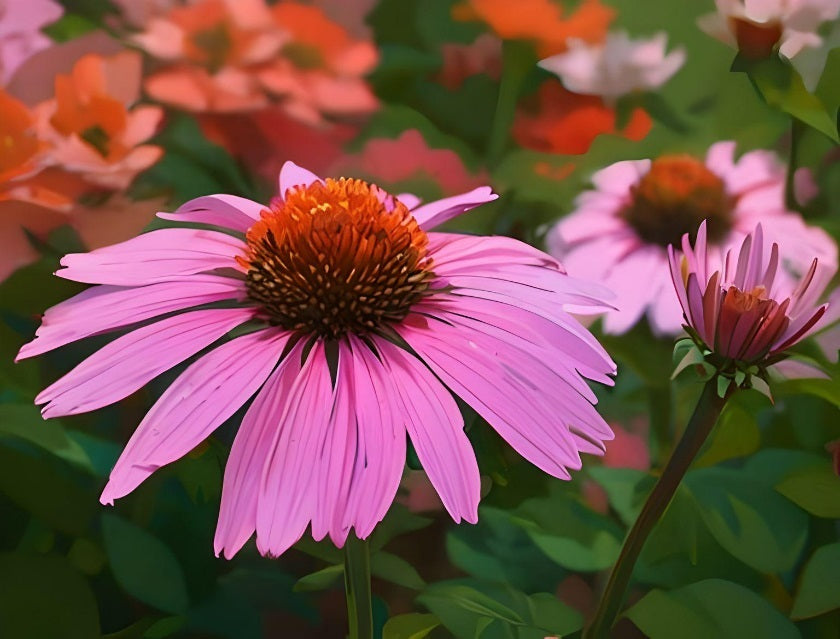
Collections
-

All Bamboo Seeds for Sale
Welcome to our catalog of bamboo plant seeds for sale including clumping...
-
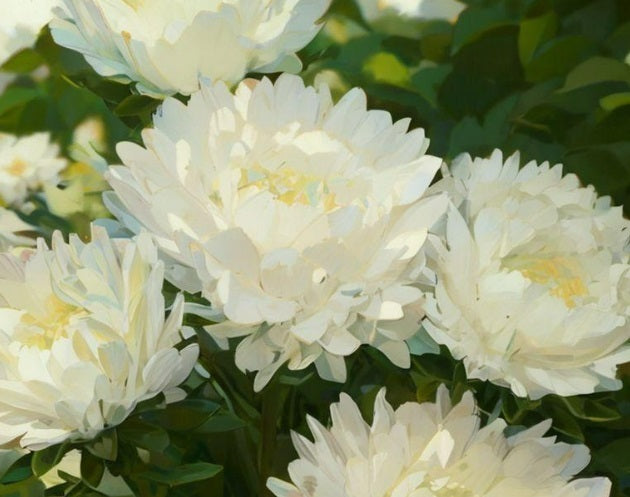
All Flower Seeds
All of our 2025 flower seeds are sold out. Please check back...
-
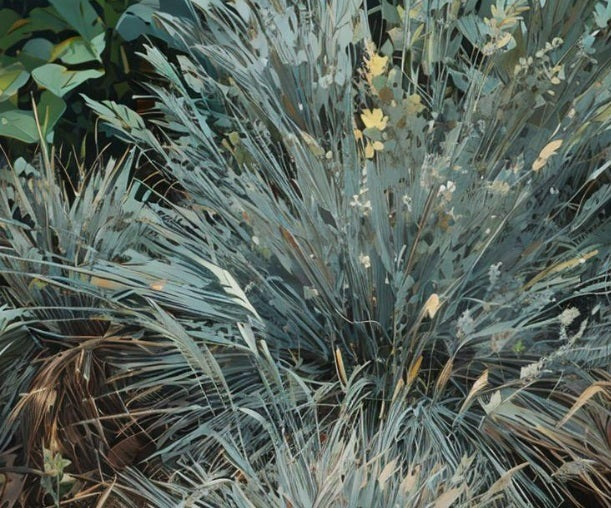
All Ornamental Grass Seeds
Grass has finally come into its own as a garden landscape centerpiece....
-
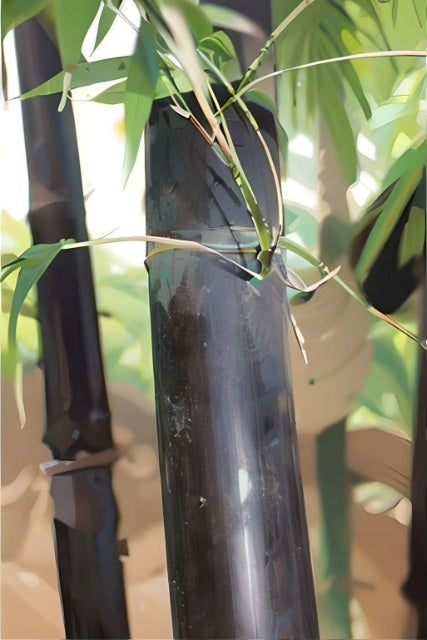
Black Bamboo Seeds
Consider Black Bamboo seeds for eye-catching bamboo varieties with lustrous black, dark...
-
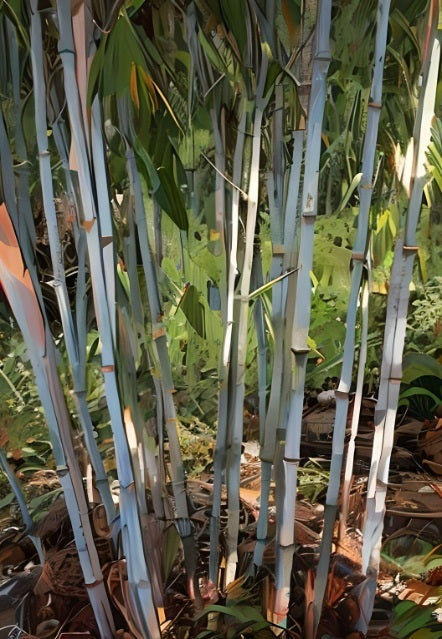
Clumping Bamboo Seeds
Clumping bamboo species grow in dense clumps or clusters that are naturally...
-
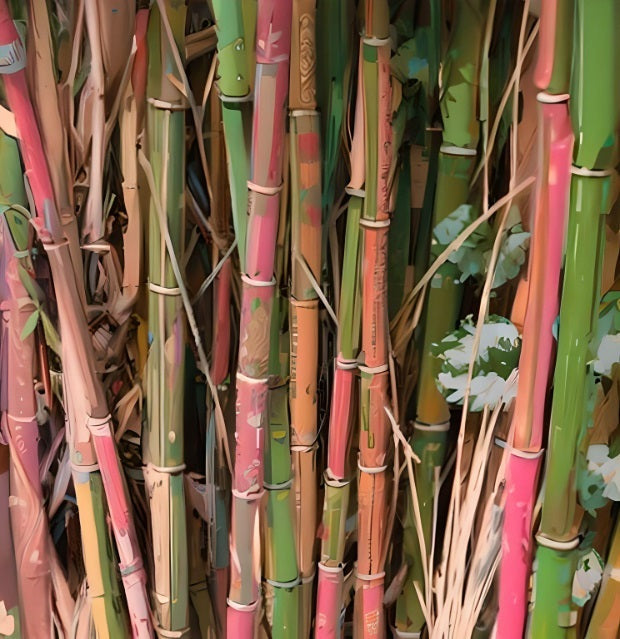
Cold Hardy Bamboo Seeds
A selection of cold resistant bamboo seeds for hardy bamboo able to...
-
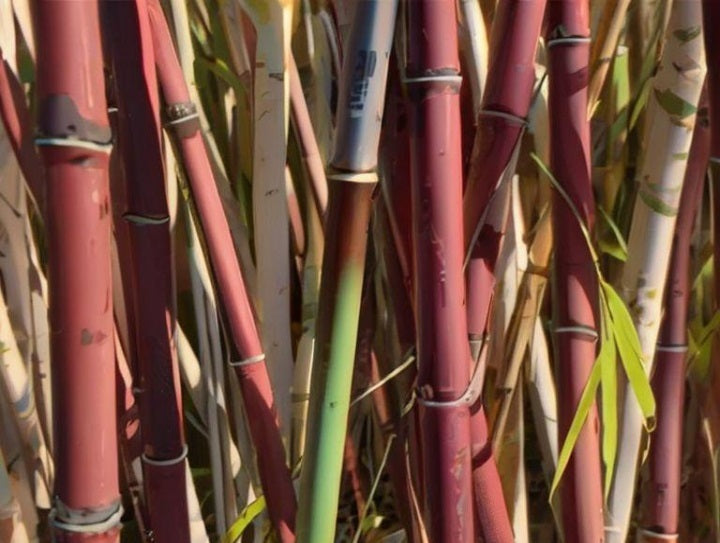
Fargesia Bamboo Seeds - Clumping and Cold Hardy
Buy bamboo seeds for beautiful cold hardy and clumping Fargesia bamboo. Our...
-
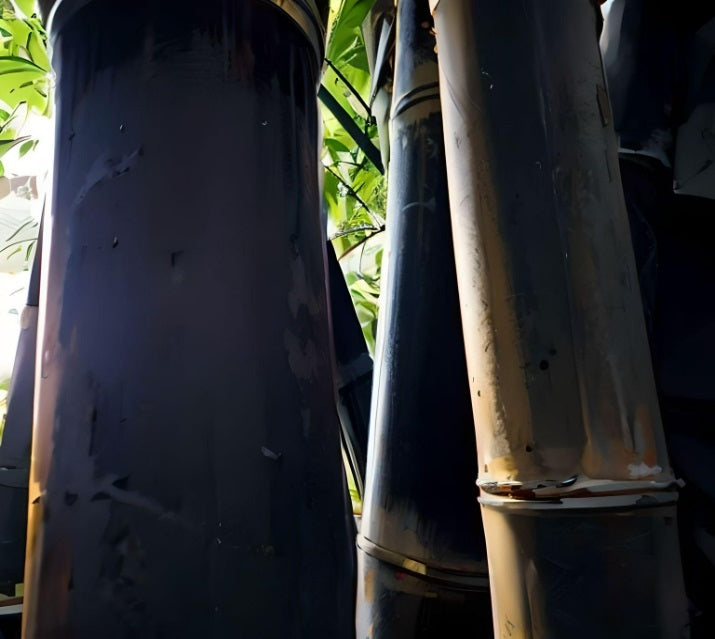
Giant Bamboo Seeds
When you're looking for impressive size with ample shade below, consider fastest...
-
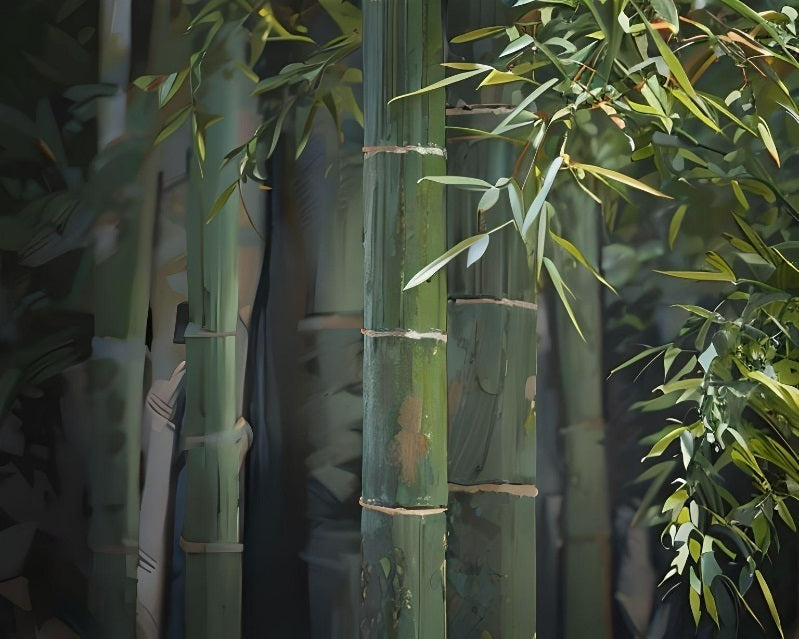
Running Bamboo Seeds
Running bamboo spreads through underground runners, known as rhizomes. These rhizomes can...
-
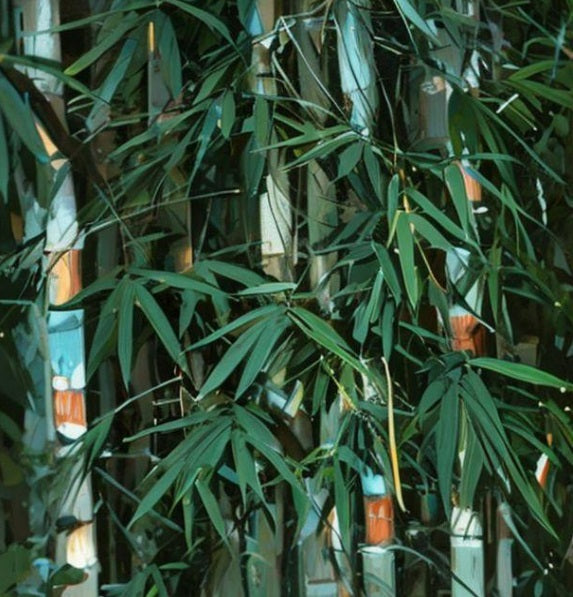
Tropical Bamboo Seeds
Our curated selection of tropical bamboo seeds best suited for planting in...

